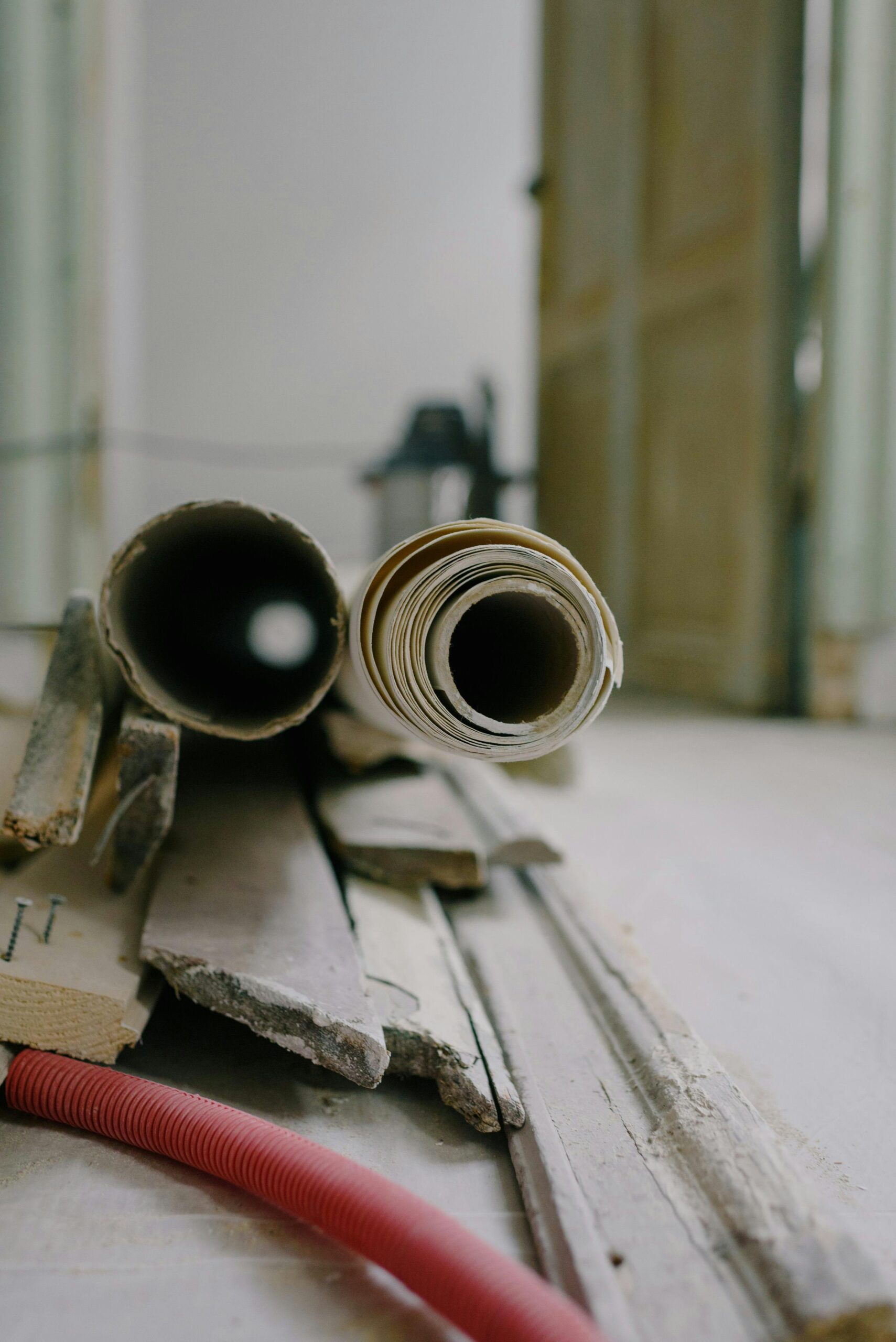Picking out flooring for your home is a major renovation—and one that can be extremely costly. So it makes sense that you’d shop around to find the best option that balances quality with value. Hardwood flooring is undoubtedly an attractive choice, but if you have a lot of square footage, or aren’t comfortable with spending that much, you can still find something similar for a fraction of the price. In some cases, homeowners might turn to LVP, or luxury vinyl planking. However, while it’s less expensive, there are plenty of red flags that might make you reconsider. Here’s why you should avoid LVP.

Why It’s Popular
At first glance, LVP seems like the best of both worlds. You get the elegant and classic look of hardwood flooring and pay significantly less. It typically ranges from $2 to $5 per square foot for materials alone, with additional costs of $4 to $13 per square foot when factoring in labor. These figures may vary depending on factors such as the quality of the material, installation method, and geographic location, of course. It also has a pretty straightforward installation process that makes it an appealing choice for both DIY enthusiasts and those seeking to cut down on installation costs. Meanwhile, most hardwood flooring projects can cost around $6 to $12 per square foot, averaging $6,000 to $23,000 for a 1,000-square-foot room. Yikes.
The Dark Side of “Luxury”
Beneath the glossy exterior lies a few unsavory truths. Despite its claims of luxury, this material can lack the warmth and authenticity that genuine hardwood or stone provides. While it may mimic the appearance of natural materials from a distance, upon closer inspection, the synthetic nature of LVP can be pretty apparent, ultimately diminishing its appeal.
Durability or Deception?
It’s not impervious to wear and tear. In fact, one of the most significant drawbacks is its susceptibility to scratches. Despite its durable reputation, the photographic layer that mimics the appearance of natural materials can easily be marred by everyday wear and tear. Unlike hardwood floors, where scratches can be sanded and refinished to restore their original beauty, LVT flooring lacks this restorative capability. Once scratched, the damage is permanent, necessitating the replacement of affected flooring pieces.

Beware of Sun Damage
It’s also prone to heat damage, particularly from prolonged exposure to sunlight. Areas of the flooring that receive direct sunlight throughout the day can become warped and start to buckle at the seams between boards. This issue is well-documented among luxury vinyl flooring users and can lead to ongoing maintenance headaches and the frequent replacement of damaged sections.
The Environmental Impact
Despite its modern appeal, the production of vinyl flooring entails the consumption of fossil fuels and the emission of harmful pollutants, contributing to environmental degradation. Additionally, the disposal of it at the end of its lifespan poses further challenges in terms of recycling and waste management.

Indoor Air Quality
One of the most overlooked aspects is its impact on indoor air quality. That distinct “new floor” smell may initially seem innocuous, but it’s actually the result of volatile organic compounds, or VOCs, being released into the air. Prolonged exposure to these chemicals can pose health risks, including respiratory issues and allergic reactions, making it a cause for concern, especially in households with children or pets.
The Cost of Convenience
While this option may offer cost savings upfront, you’ll want to consider the long-term implications. Cheaper varieties may compromise on quality, leading to premature wear and deterioration. Conversely, investing in higher-end options may come with a hefty price tag, raising the question of whether the added expense is justified in the pursuit of a “luxurious” flooring solution.
popular posts
- 1It’s Black Business Month, So Let’s Go Shopping and #BuyBlack!
- 2These Home Decor Items Will Instantly Make Your Space Look Outdated
- 3Black-Owned Home Decor Stores To Support Across the United States
- 4A Look Inside Elon Musk's Tiny $50,000 House
- 57 Black and Multicultural Designers To Follow For Design Inspo
Decorate
Access design inspiration that infuses personality and culture into your spaces.

Up to 15% Off: 4 Best Patio Furniture Finds
by Stephanie Taylor | January 18, 2023

7 Black and Multicultural Designers To Follow For Design Inspo
by Marissa | January 18, 2023

These Candle Making Kits Will Elevate the Vibe of Your Home
by Arielle Clay | January 19, 2023
Spaces
Whether it’s luxury or ease, every area of your home should be as fabulous and unique as you.
FOLLOW ALONG ON INSTAGRAM
#homeandtexture
Find us on social for more home inspiration where culture, personal style, and sophisticated shopping intersect to help you create a home where you love to live.





